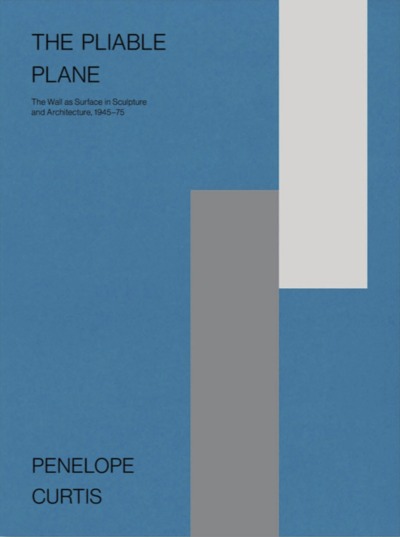Nous utilisons des cookies pour améliorer votre expérience. Pour nous conformer à la nouvelle directive sur la vie privée, nous devons demander votre consentement à l’utilisation de ces cookies. En savoir plus.
PENELOPE CURTIS THE PLIABLE PLANE: THE WALL AS SURFACE IN SCULPTURE AND ARCHITECTURE ,1945–75
EAN : 9781913620844
Édition papier
EAN : 9781913620844
Paru le : 1 oct. 2022
35,00 €
33,18 €
Disponible
Pour connaître votre prix et commander, identifiez-vous
Notre engagement qualité
-
 Livraison gratuite
Livraison gratuite
en France sans minimum
de commande -
 Manquants maintenus
Manquants maintenus
en commande
automatiquement -
 Un interlocuteur
Un interlocuteur
unique pour toutes
vos commandes -
 Toutes les licences
Toutes les licences
numériques du marché
au tarif éditeur -
 Assistance téléphonique
Assistance téléphonique
personalisée sur le
numérique -
 Service client
Service client
Du Lundi au vendredi
de 9h à 18h
- EAN13 : 9781913620844
- Date Parution : 1 oct. 2022
- Disponibilite : Disponible
- Barème de remise : NS
- Nombre de pages : 144
- Format : H:240 mm L:180 mm
- Poids : 701gr
- Résumé : "In The Pliable Plane, curator and historian Penelope Curtis traces the ways sculpture infiltrated architectural thought over the post-war period. Her study identifies the wall as a particular locus of creative thinking – a surface which produces both continuity and separation, and which similarly unites and distinguishes the two disciplines. Surveying a series of walls – carved, cast, applied, imagined, and even conceptual – in such places as bomb shelters, caves, war memorials, and public buildings, Curtis introduces a cast of renowned and lesser-known practitioners who defined the three-dimensional conception of the years 1945 to 1970. With close readings of the work and lives of Henry Moore, Anni Albers, Frederick Kiesler, Jorge Oteiza, and Mary Martin, among others, Curtis’s fluid and perspicacious history encompasses the developments of wartime production, the discovery of the Lascaux Caves, and the rise of relief art. Turning away from familiar pairings and dichotomies, it considers spaces and surfaces of coalescence and influence. Curtis compels us to understand the wall as support as much as partition, arguing for the centrality of this very pliability to the entwined development of both sculpture and architecture."

